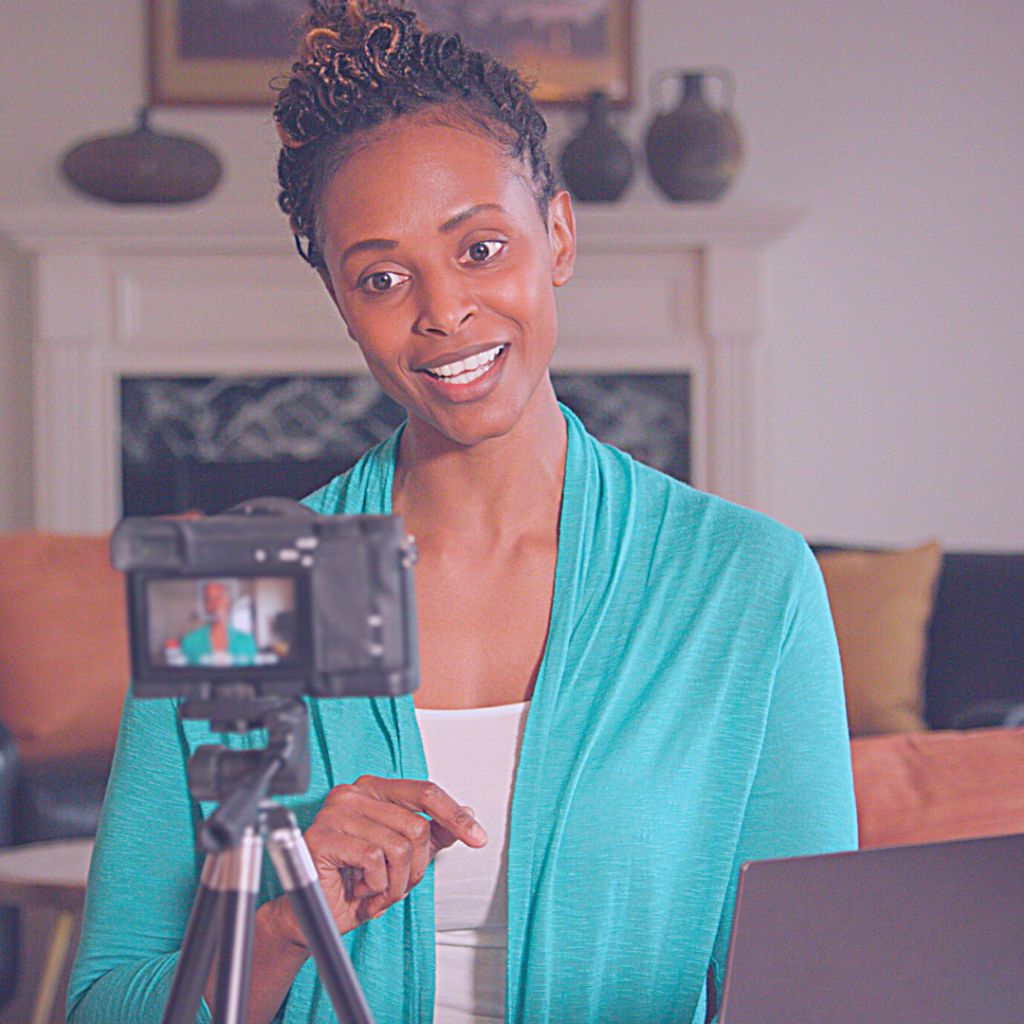Poor video, boring speakers, and complicated engagement channels are great ways to keep people uninterested in virtual events. Consider these nine points to master virtual event management.
Pick your target audience.
Only commit to an event if you know your audience. The audience should determine the event content, speakers, and networking opportunities. In connection to the audience, the CMO of Eventbrite, Tamera Mendelsohn, implies that broader topics can equal wider audiences when she asks, “is your topic broad enough to be global, or is it better to host one session for your North American participants and another for specific regions in South America or Europe? Alternatively, perhaps it’s better to start with a small group in one city, and expand from there.”
In short, picking the right audience helps determine the event’s direction.
Understand the event platform.
Showtime is not for memorizing the script. Event hosts should do their due diligence in learning their chosen platform before the event. Test the volume, camera, and user settings in advance. Testing your equipment during a live show is an immediate turnoff.

Create a strategy
Let’s use a school bake sale, for example. Before e-commerce stores, this setup may have involved parents bringing their baked goods to the school, setting up tables to display them on, and asking students to create posters for advertising. It was most likely cash only, and customers left the school with their baked goods in hand.
A virtual bakesale will likely take less setup time; the baked goods will not be displayed in-person but via digital scrolling, and customers will have to wait for their items to be shipped. And instead of cash, all forms of electronic payment are accepted.
“A well-rounded strategy should outline your goals, budget, and action plan for the big day, according to Mendelsohn.” She says virtual events differ from in-person ones and should be approached differently.
Market the event.
Marketing is part of virtual event management. Marketing should be a vital component of any event. After all, how will “they” know if you don’t tell them? We appreciate this HubSpot definition of marketing:
Selecting a target audience, creating content and visuals, and evaluating the results are elements of marketing and mastering virtual event management.
Create quality visuals.
The average clip art flyer doesn’t stand a chance against a quality, custom design. Presentation is a big deal. Potential attendees will judge whether your event is worth their time based on how it’s presented to them. Canva is an intuitive graphic design platform with many features and tutorials. Using it and similar tools will help promotional material for your virtual event stand out.
Select the right speakers/guests.
Virtual event hosts should have criteria for selecting speakers, emphasizing expertise and relevance to ensure a meaningful connection with the target audience. A workshop for social media beginners won’t require Mark Zuckerberg to highlight Facebook’s latest algorithm.
Selecting the “right” guest speaker doesn’t necessarily mean picking a top-level expert if your audience isn’t ready for that level of education. Virtual event managers should choose their speakers according to their target audience. A local social media manager would be more relevant to social media newbies than the founder of the biggest social networking platform in the world.
Make engagement easy.
Research shows that 47% of people are more likely to ask a question at a virtual event, and 37% are more likely to speak to someone in a virtual booth than a real one. The key is discovering what your audience wants to engage with.
Mendelsohn suggests creating participation opportunities such as polls and QA sessions to keep your audience engaged during a virtual event. Present options for participating instead of forcing attendees to make their own opportunities.
Schedule test runs.
Never, ever, EVER host a virtual event without a test run. Test everything. All platform settings, internet connection, camera and audio settings, lighting, equipment, background, slideshows, video, and anything else you plan to display during your event. It’ll never go 100% according to plan, but at the very least, scheduling test runs will work out camera and microphone kinks.

Follow-up afterward.
Following up with attendees after your event is just as important as your marketing efforts to get them there. While often neglected for pre-event promotion, communicating post-event helps event planners discover what attendees loved most, the pain points the event can improve on, and, most importantly, how you can help them. Virtual event management is about mastering the before, during, and after processes for continued success year after year.
These are our best strategies for learning to excel in virtual event management, from planning to execution.
Click here for more resources.

